The eighth edition of this best selling text continues to help senior and graduate students in engineering, business, and statistics-as well as working practitioners-to design and analyze experiments for improving the quality, efficiency and performance of working systems. The eighth edition of Design and Analysis of Experiments maintains its comprehensive coverage by including: new examples, exercises, and problems (including in the areas of biochemistry and biotechnology); new topics and problems in the area of response surface; new topics in nested and split-plot design; and the residual maximum likelihood method is now emphasized throughout the book. Continuing to place a strong focus on the use of the computer, this edition includes software examples taken from the four most dominant programs in the field: Design-Expert, Minitab, JMP, and SAS.
Design and Analysis of Experiments
$164.83
This textbook provides comprehensive instruction on designing and analyzing experiments, a critical skill for students in engineering, business, and science.
Additional information
| Weight | 1.361 lbs |
|---|---|
| Dimensions | 20.6 × 2.5 × 25.1 in |
Design and Analysis of Experiments
$135.19
This book teaches students the principles of designing and analyzing experiments for product and process improvement in science and engineering.
Design and Analysis of Experiments provides a rigorous introduction to product and process design improvement through quality and performance optimization. Clear demonstration of widely practiced techniques and procedures allows readers to master fundamental concepts, develop design and analysis skills, and use experimental models and results in real-world applications. Detailed coverage of factorial and fractional factorial design, response surface techniques, regression analysis, biochemistry and biotechnology, single factor experiments, and other critical topics offer highly-relevant guidance through the complexities of the field. Stressing the importance of both conceptual knowledge and practical skills, this text adopts a balanced approach to theory and application. Extensive discussion of modern software tools integrate data from real-world studies, while examples illustrate the efficacy of designed experiments across industry lines, from service and transactional organizations to heavy industry and biotechnology. Broad in scope yet deep in detail, this text is both an essential student resource and an invaluable reference for professionals in engineering, science, manufacturing, statistics, and business management.
Additional information
| Weight | 1.179 lbs |
|---|---|
| Dimensions | 20.3 × 3 × 25.1 in |
Reviews
There are no reviews yet.
Design and Analysis of Experiments
$60.65
This textbook provides an advanced education in statistical methods for designing and analyzing experiments.
Learn How to Achieve Optimal Industrial Experimentation Through four editions, Douglas Montgomery has provided statisticians, engineers, scientists, and managers with the most effective approach for learning how to design, conduct, and analyze experiments that optimize performance in products and processes. Now, in this fully revised and enhanced Fifth Edition, Montgomery has improved his best-selling text by focusing even more sharply on factorial and fractional factorial design and presenting new analysis techniques (including the generalized linear model). There is also expanded coverage of experiments with random factors, response surface methods, experiments with mixtures, and methods for process robustness studies. The book also illustrates two of today’s most powerful software tools for experimental design: Design-Expert(r) and Minitab(r). Throughout the text, You’ll find output from these two programs, along with detailed discussion on how computers are currently used in the analysis and design of experiments. You’ll also learn how to use statistically designed experiments to: * Obtain information for characterization and optimization of systems * Improve manufacturing processes * Design and develop new processes and products * Evaluate material alternatives in product design * Improve the field performance, reliability, and manufacturing aspects of products * Learn how to conduct experiments effectively and efficiently Other important textbook features: * Student version of Design-Expert(r) software is available. * Web site (www.wiley.com/college/montgomery) offers supplemental text material for each chapter, a sample syllabus, and sample student projects from the author’s Design of Experiments course at Arizona State University.
Additional information
| Weight | 1.247 lbs |
|---|---|
| Dimensions | 18.4 × 3 × 25.8 in |
Reviews
There are no reviews yet.
Design And Analysis Of Experiments
$120.36
This book teaches students how to design, conduct, and analyze scientific and engineering experiments using statistical methods.
Now in its 6th edition, this bestselling professional reference has helped over 100,000 engineers and scientists with the success of their experiments. Douglas Montgomery arms readers with the most effective approach for learning how to design, conduct, and analyze experiments that optimize performance in products and processes. He shows how to use statistically designed experiments to obtain information for characterization and optimization of systems, improve manufacturing processes, and design and develop new processes and products. You will also learn how to evaluate material alternatives in product design, improve the field performance, reliability, and manufacturing aspects of products, and conduct experiments effectively and efficiently. Discover how to improve the quality and efficiency of working systems with this highly-acclaimed book. This 6th Edition: Places a strong focus on the use of the computer, providing output from two software products: Minitab and DesignExpert. Presents timely, new examples as well as expanded coverage on adding runs to a fractional factorial to de-alias effects. Includes detailed discussions on how computers are currently used in the analysis and design of experiments. Offers new material on a number of important topics, including follow-up experimentation and split-plot design. Focuses even more sharply on factorial and fractional factorial design.
Additional information
| Weight | 1.332 lbs |
|---|---|
| Dimensions | 21 × 3.2 × 26 in |
Reviews
There are no reviews yet.
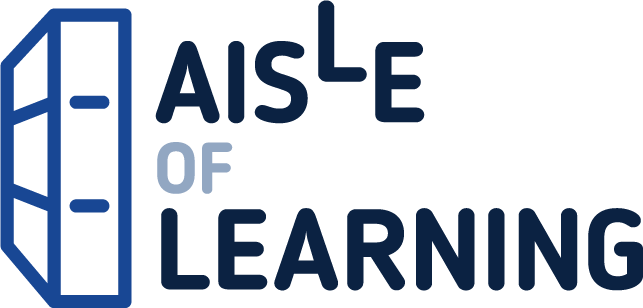




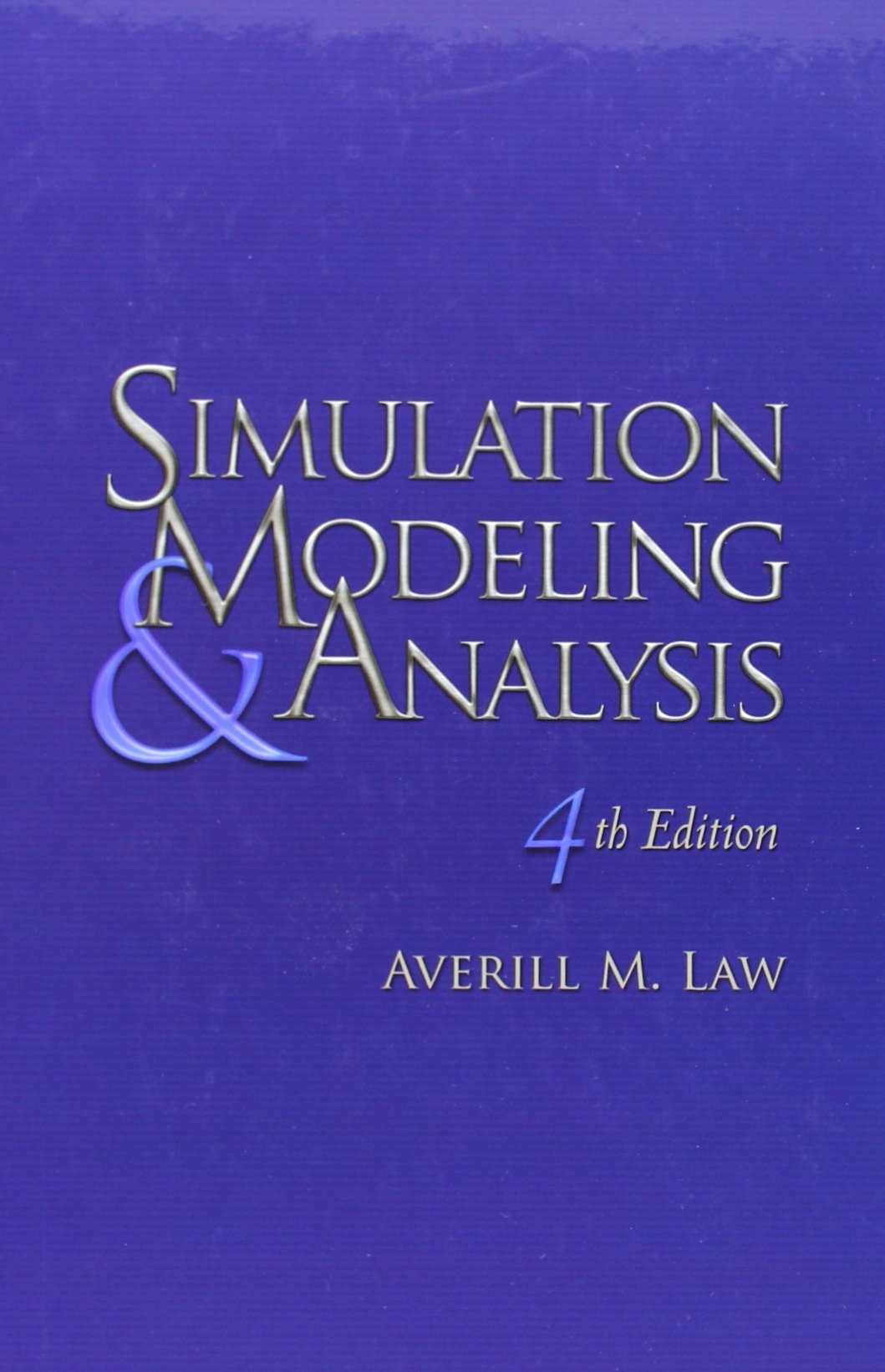




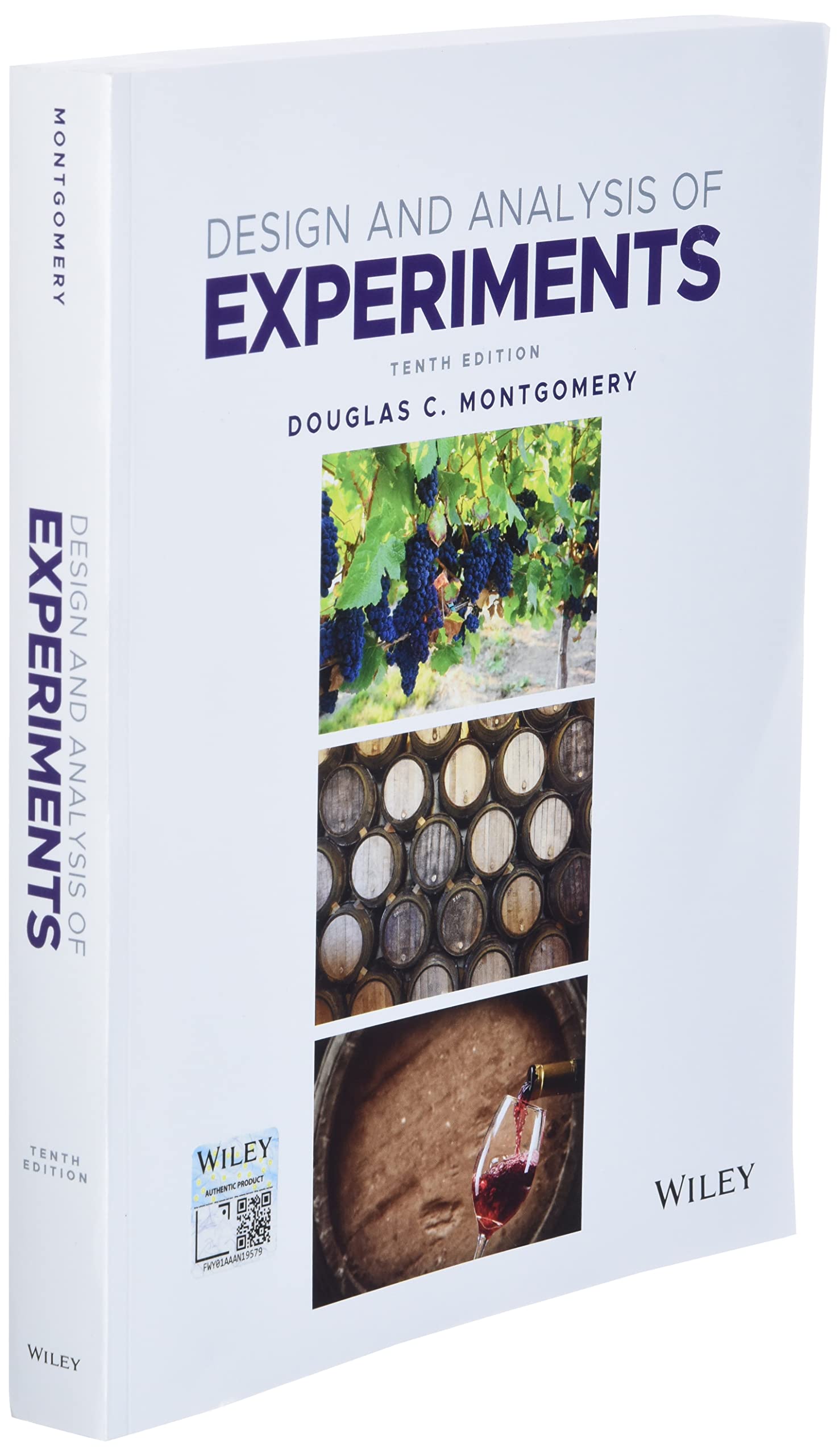
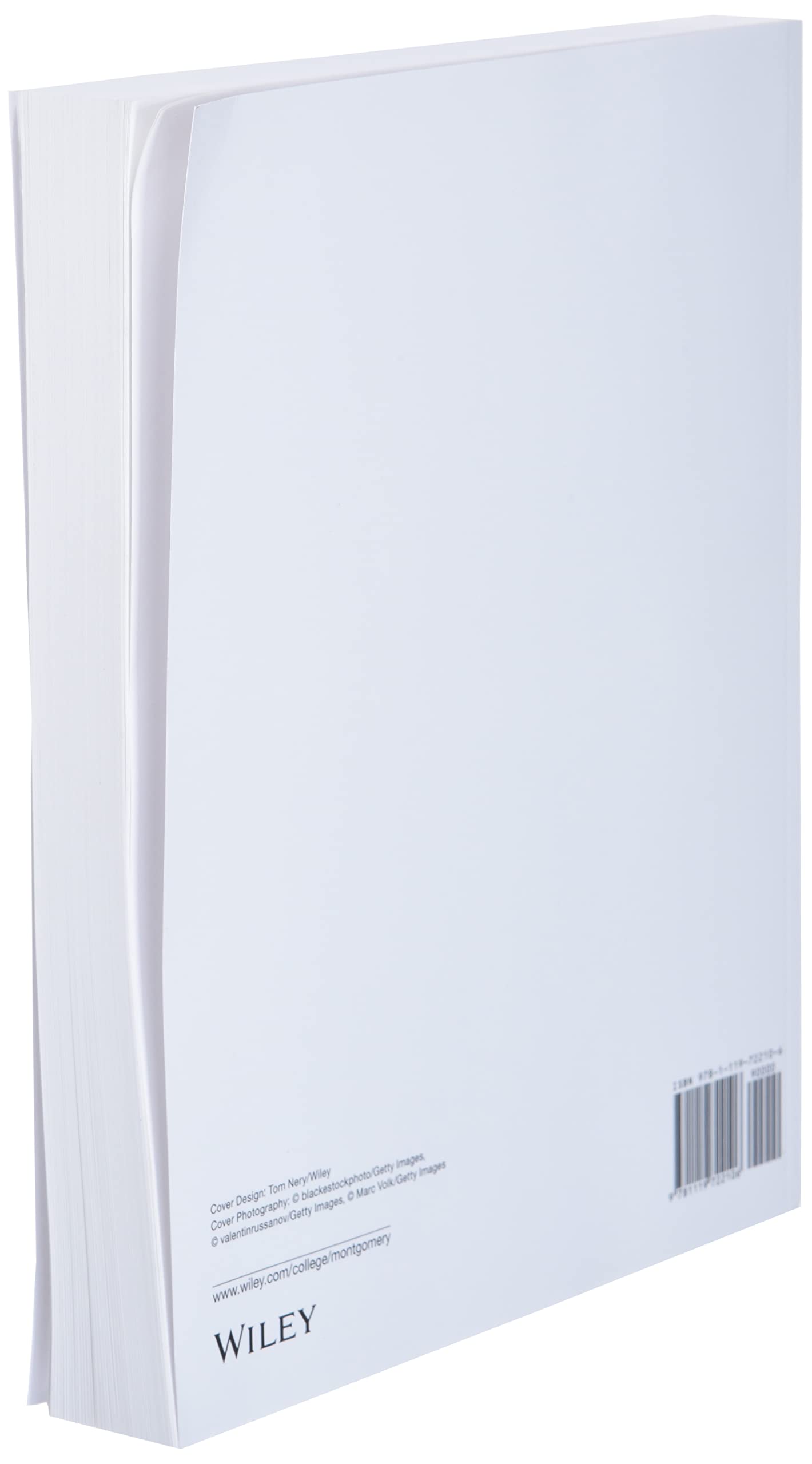
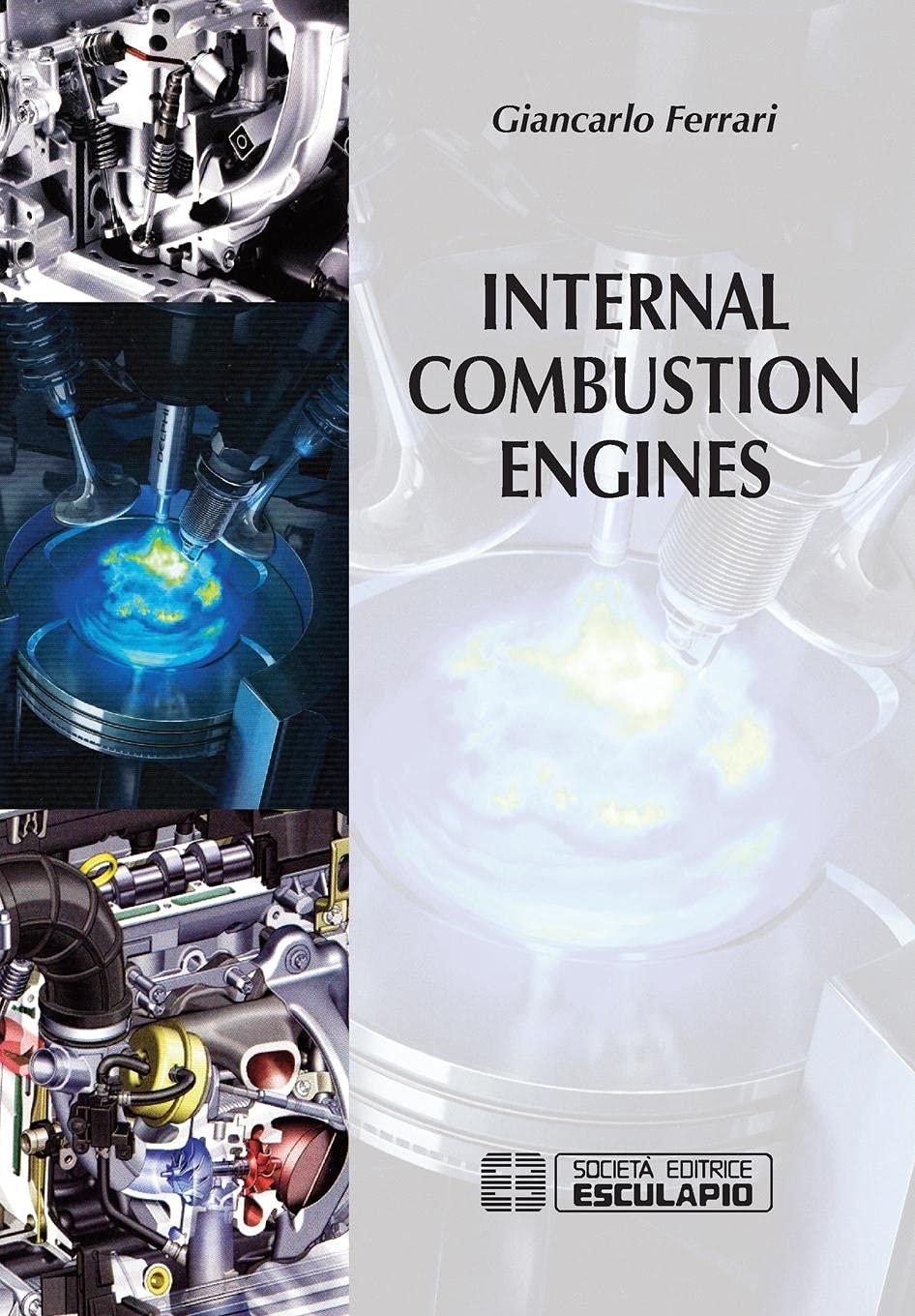




![FE Mechanical Exam Simplified: The Complete Guide to Help You Pass on Your First Attempt with Video Course, Full Practice Tests [2000+ Review Questions] & Bonuses](https://m.media-amazon.com/images/I/71JlJJsubkL.jpg)
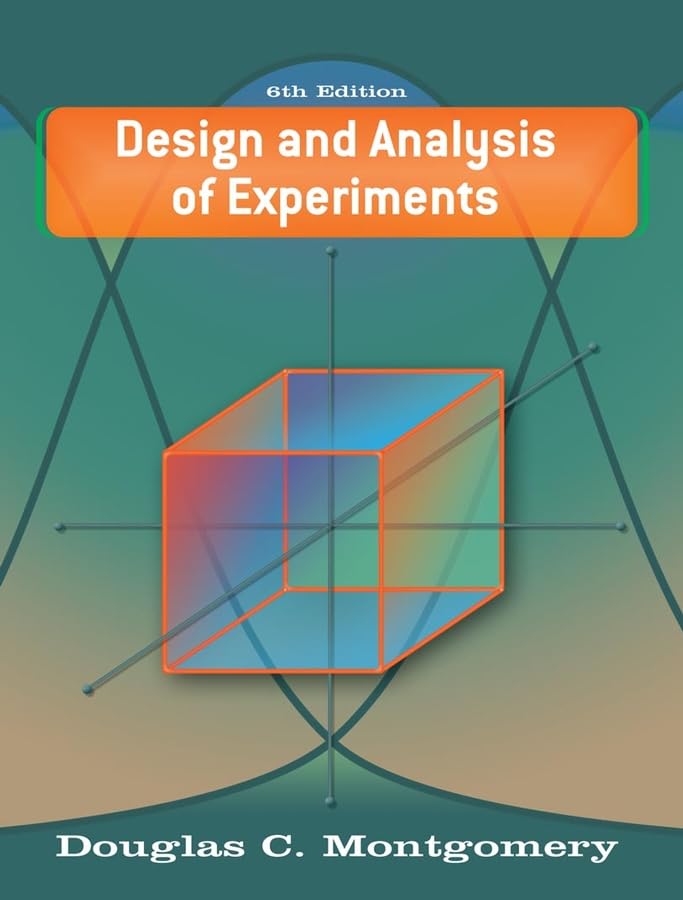
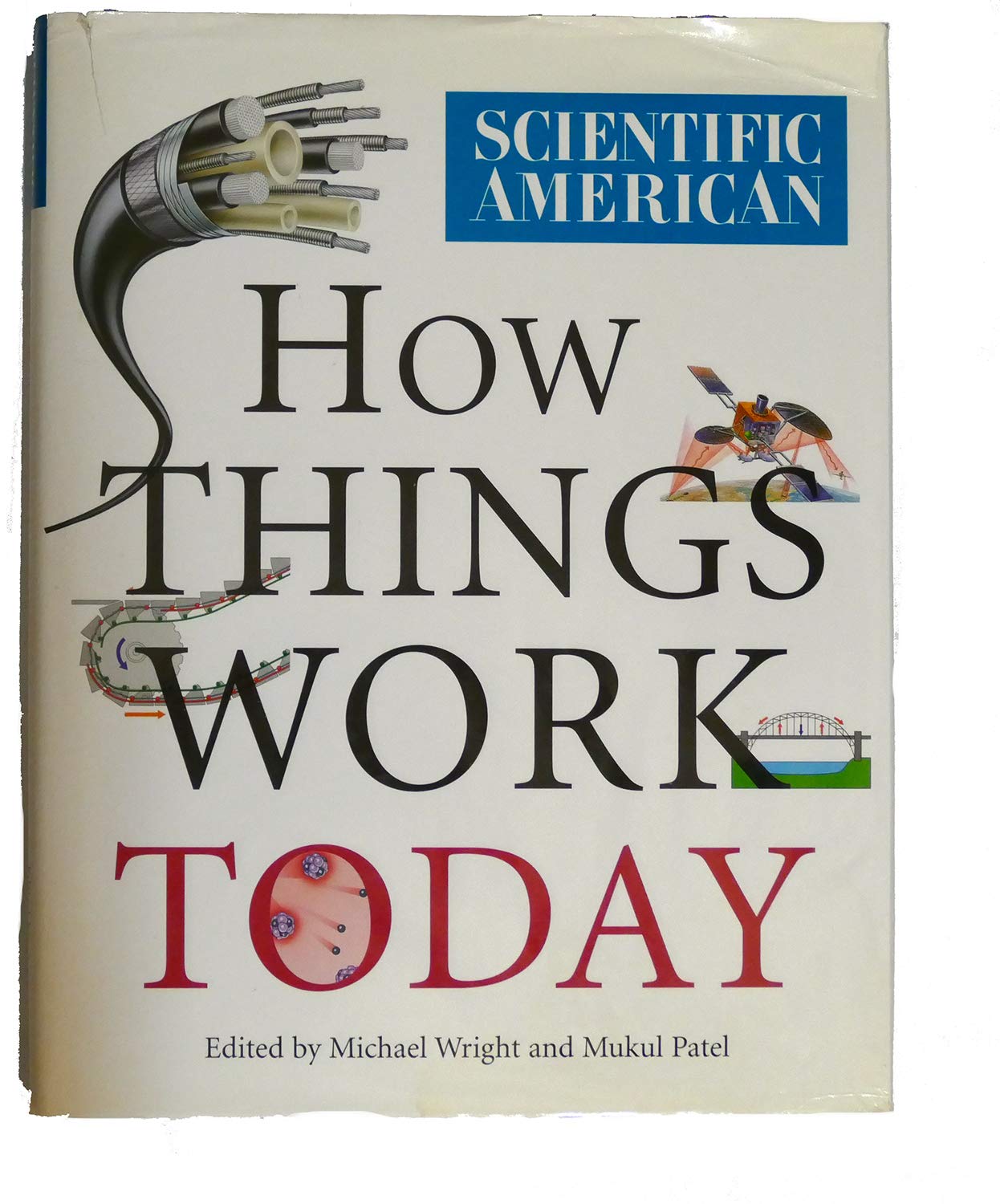

Reviews
There are no reviews yet.